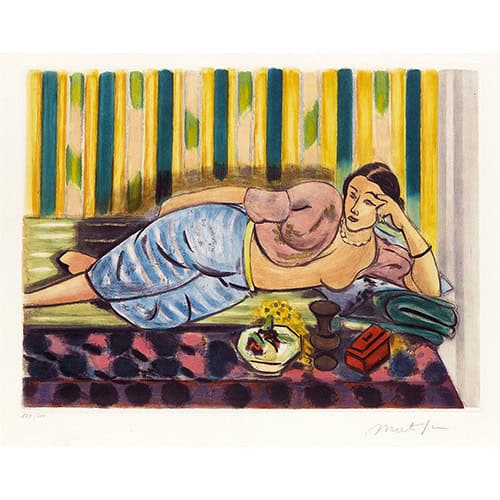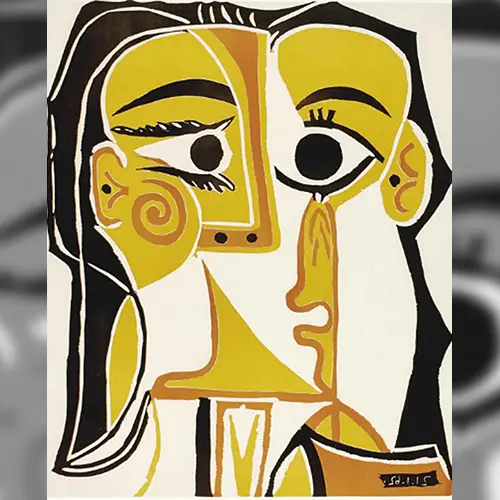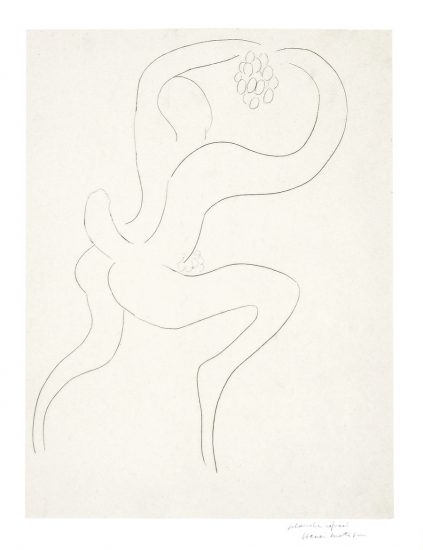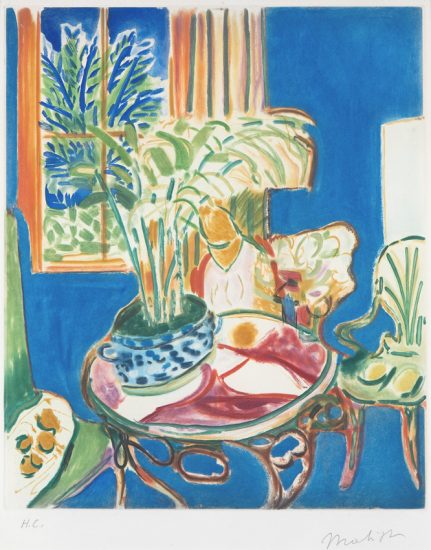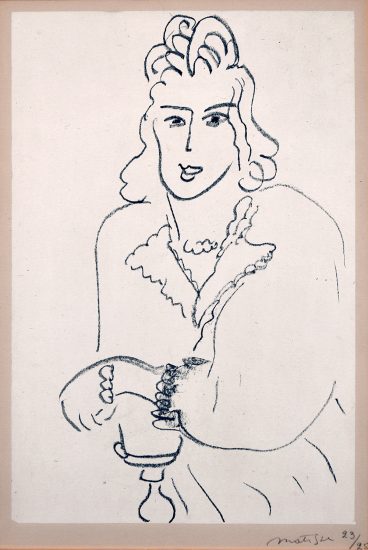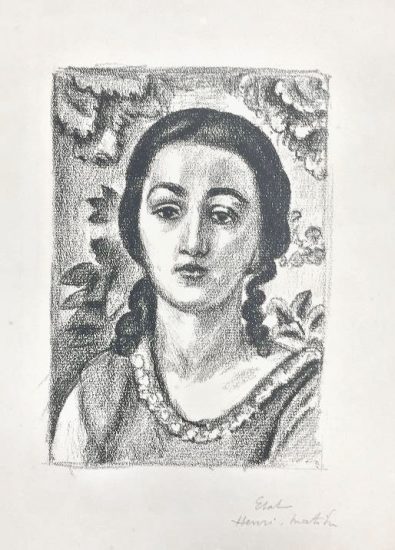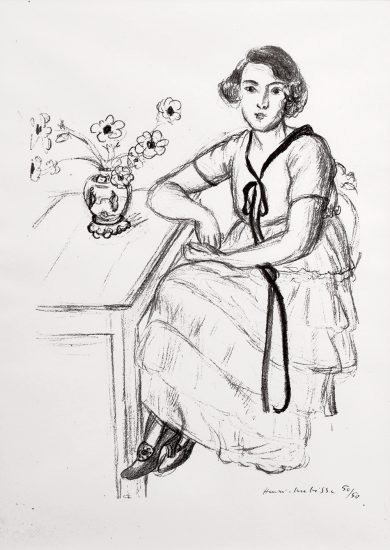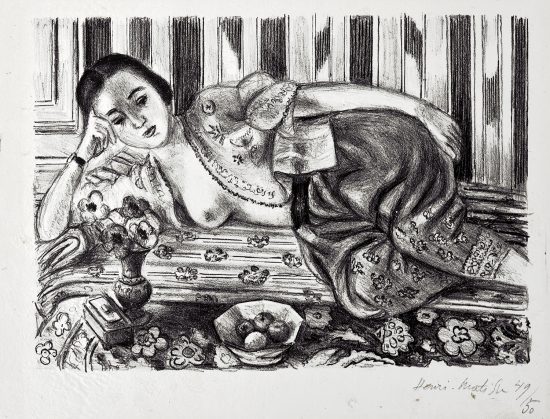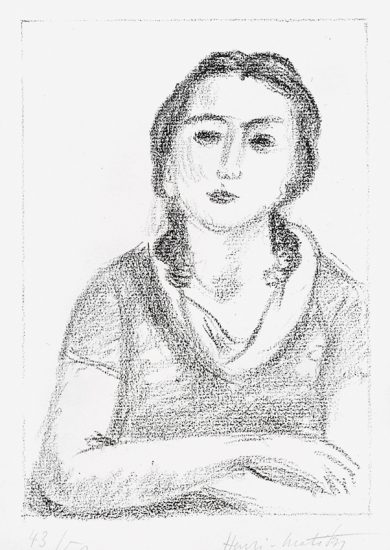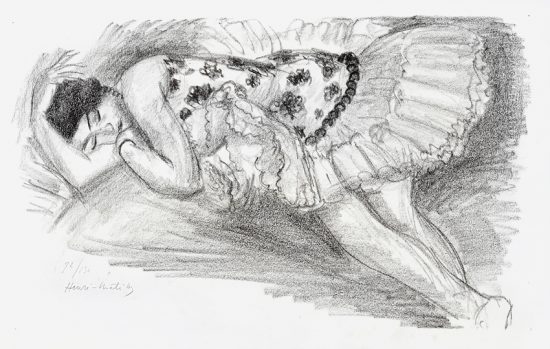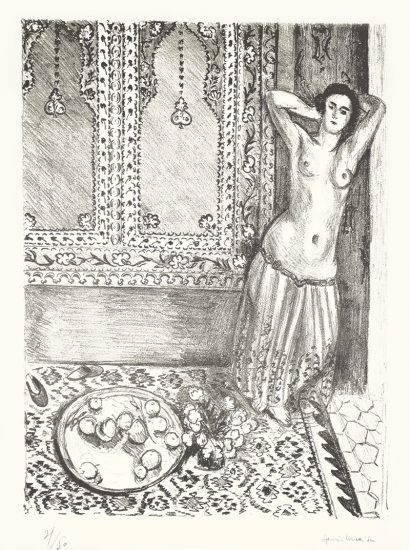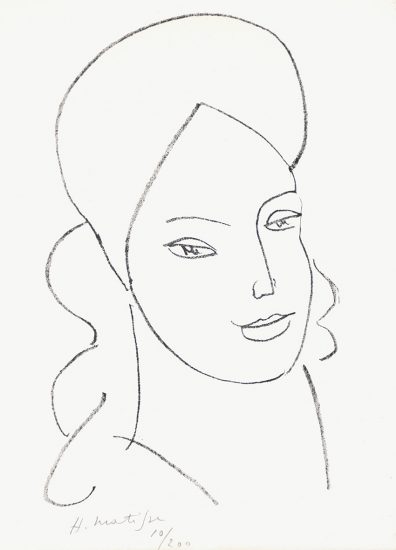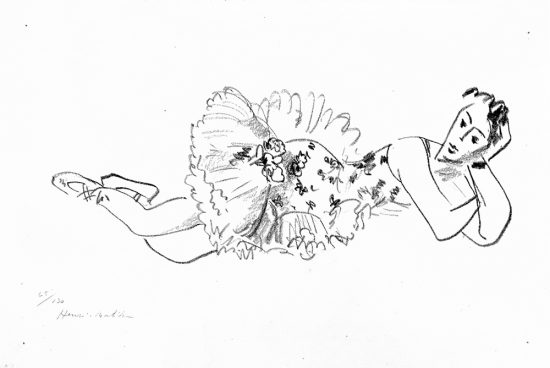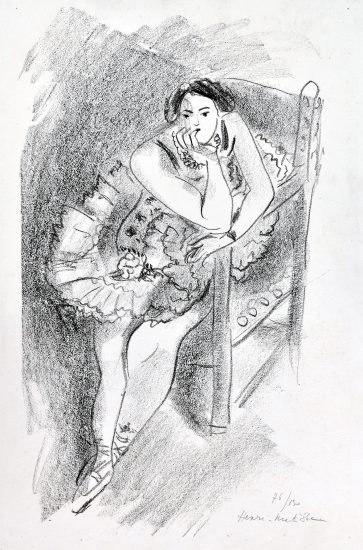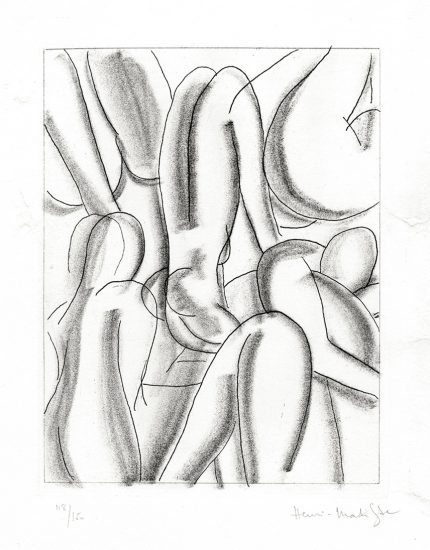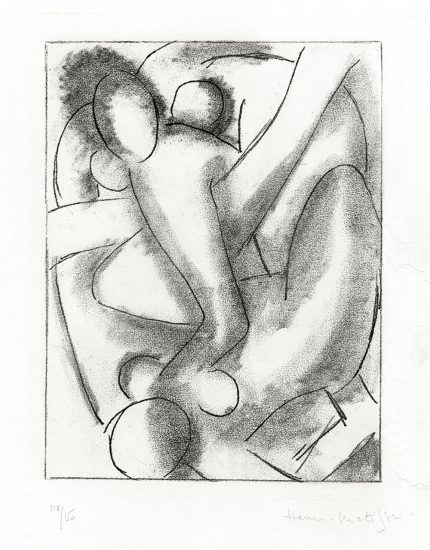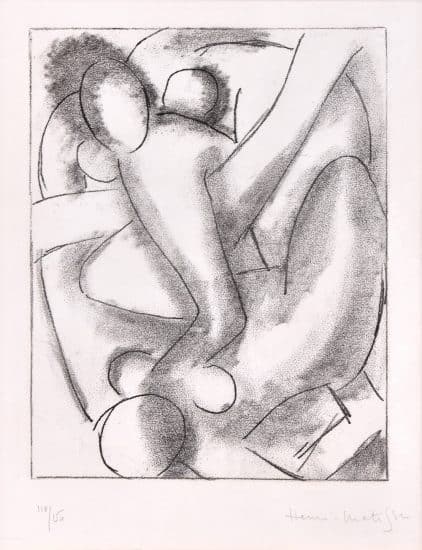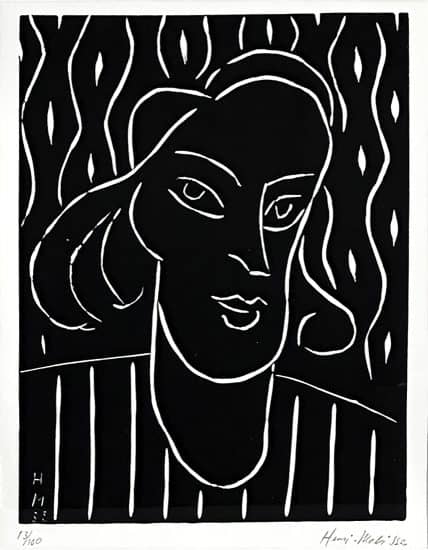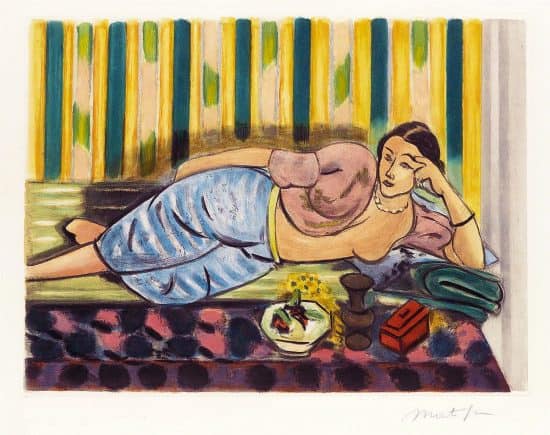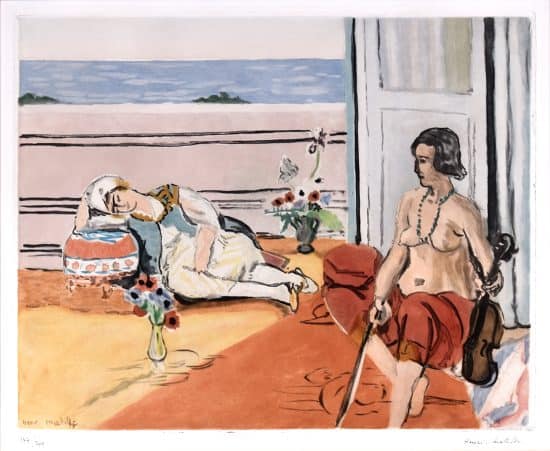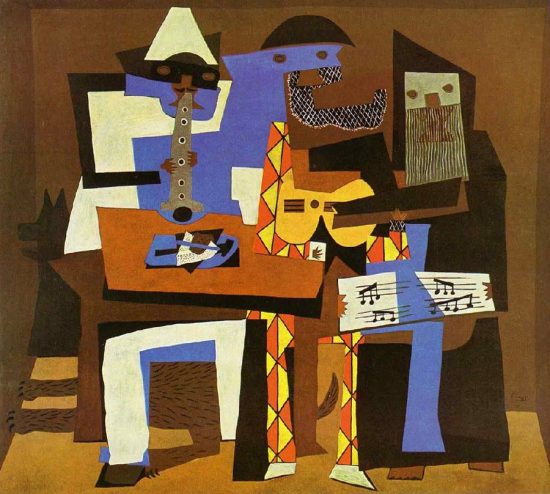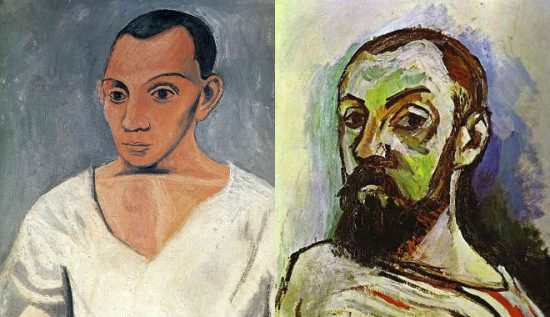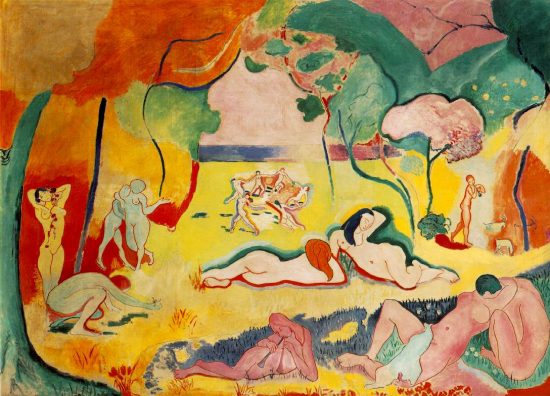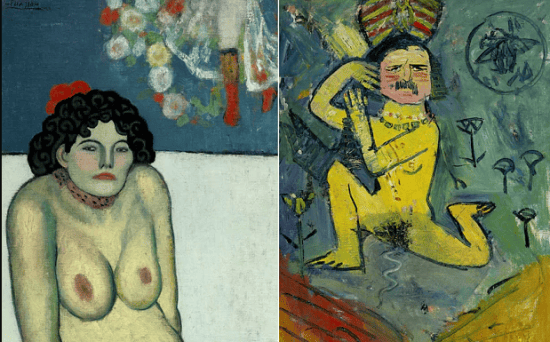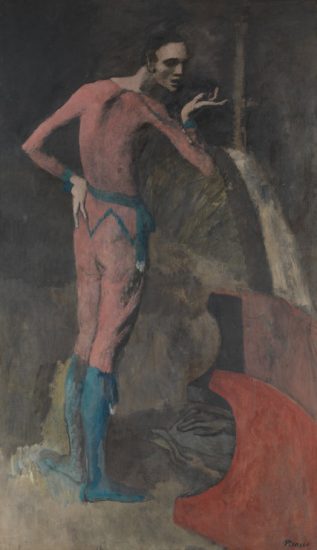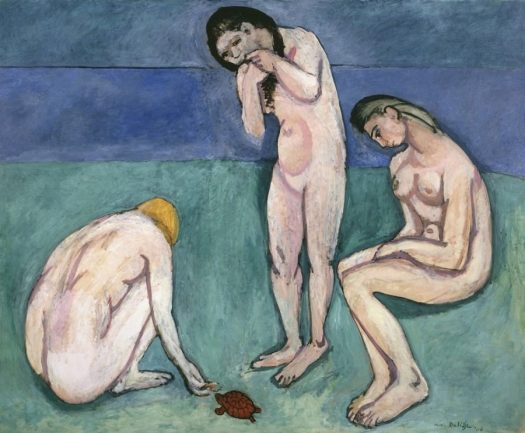
In 1906, American writer and art collector Gertrude Stein arranged for famed artists Henri Matisse and Pablo Picasso to meet. Little did she know that this fateful meeting would change the entire course of Modern art history. While Matisse and Picasso initially disliked each other’s paintings, they sensed the power that each held to challenge and motivate the other’s work.
From 1906 on, they kept a sharp eye on each other’s new works, drawing inspiration from each other while engaging in friendly competition. A variety of artworks by both Matisse and Picasso recall or reflect the work of the other. Picasso once said that in order to grasp 20th-century art, you ought to see ”side by side everything Matisse and I were doing.” This rivalry and friendship seemed to bring out the best in both artists.
Following their first encounter in 1906, Henri Matisse and Pablo Picasso established a relationship built on mutual respect and rivalry. The two painters were both well versed in the art of the past and sought to escape its influence and push the boundaries of Modern art, yet they were two extremely different people and personalities. Picasso was the first modern celebrity artist, egotistical and unapologetic for his crass behavior. Matisse, in contrast, was a reserved man who shielded his private life from the public view.
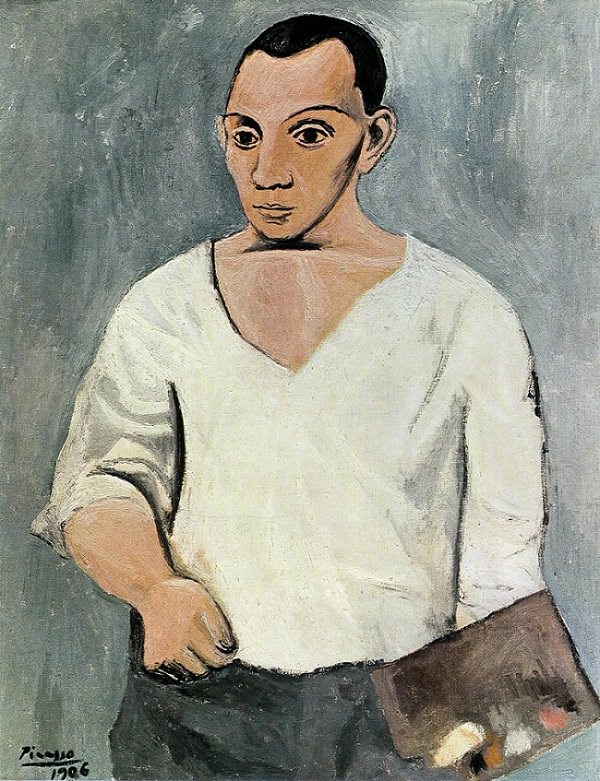
Born in a northern district of French Flanders in 1869, Henri Matisse was twelve years Picasso’s senior. Know for his fauvist (wild beasts) art style and his colorful paper cut-outs, Matisse experimented with color and line throughout his career. Like Matisse, Picasso also experimented with color and line, constantly evolving his artistic style. Born in 1881 in the Spanish town of Malaga, Picasso was considered an artistic child prodigy who challenged conventional, realistic forms of art with his figurative and abstract works. Picasso considered his own artistic brilliance to have few equals, one of whom was Matisse, whose approach to art expanded Picasso’s creativity.
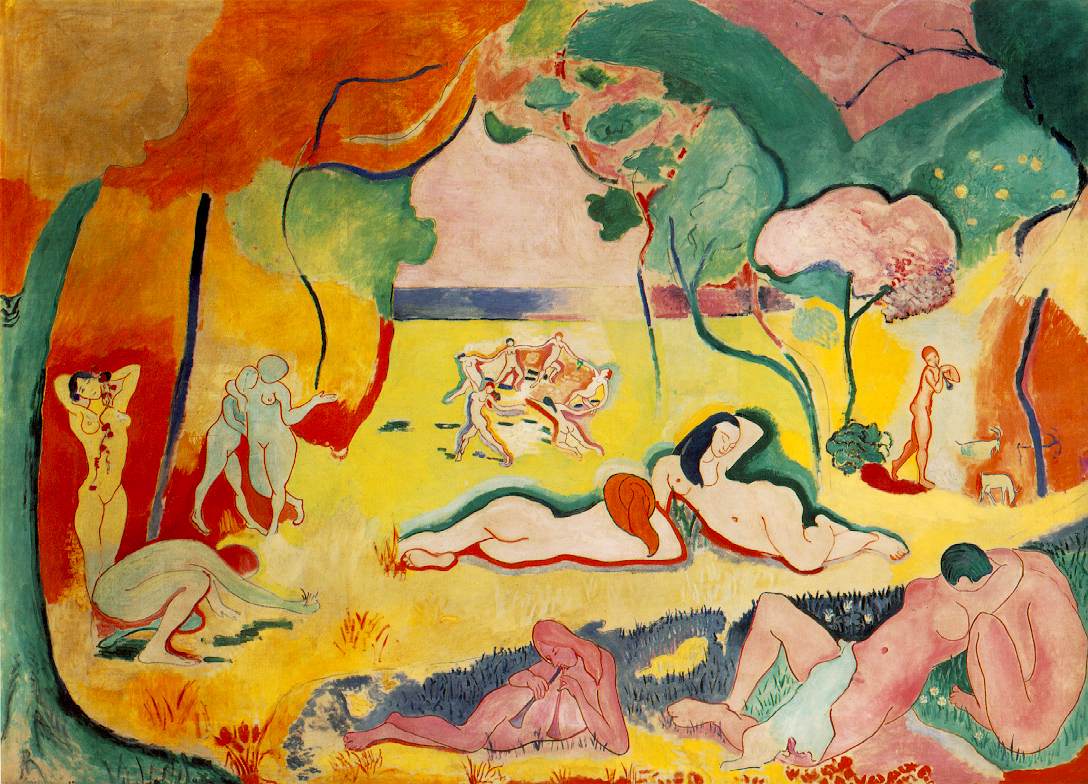
While Matisse and Picasso mocked each other in their respective works, they revered each other for their talents. They were each others’ biggest fans and harshest critics, for as Picasso stated, “No one has ever looked at Matisse’s painting more carefully than I, and no one has looked at mine more carefully than he.” One of the paintings that Picasso viewed in 1906 was Matisse’s remarkable Le Bonheur de vivre (The Joy of Life), an idyllic scene of reclining nudes, embracing lovers, and carefree dancers.
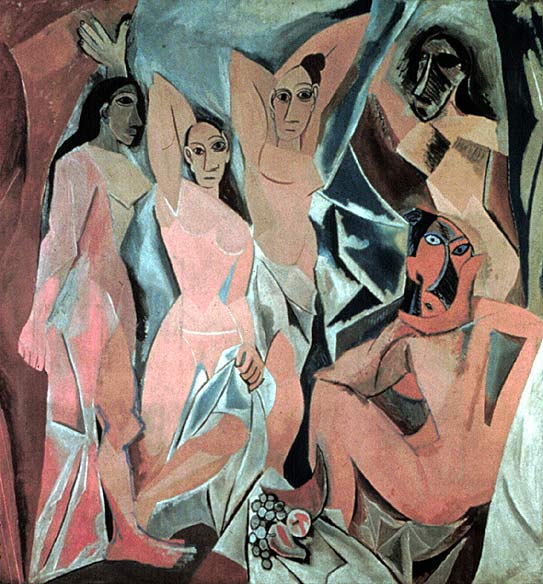
Pablo Picasso immediately recognized the originality and innovation apparent within this work and took it as a challenge to create something even more phenomenal. He set to work on Les Demoiselles d’Avignon (1907), a striking, large-scale painting of five female figures within a brothel. While this work was initially received with disgust, it later proved to be one of Picasso’s greatest masterpieces. Matisse recognized the value of Les Demoiselles d’Avignon and responded with his painting Bathers with a Turtle (1907-8). Throughout this artistic rivalry, both Matisse and Picasso drew inspiration from similar sources, such as the art of Paul Cezanne and Paul Gauguin, African masks, and photography, yet they interpreted these influences differently.
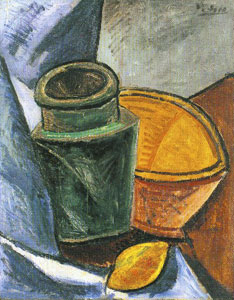
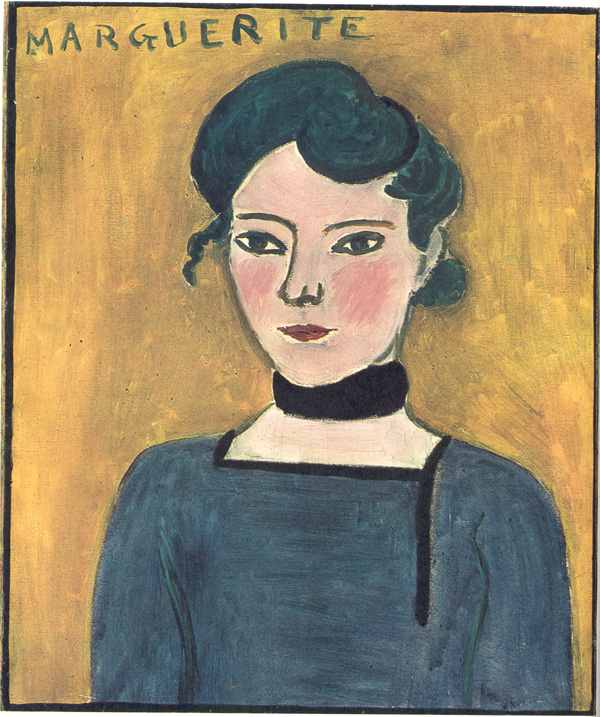
For the most part, Matisse and Picasso kept their rivalry friendly. In the fall of 1907, they agreed to swap paintings – each artist selected what he considered the worst example of the other’s new work, as if to reassure himself that he was the better artist. Picasso picked a portrait of Matisse’s daughter Marguerite (1907), and Matisse chose a still life, Pitcher, Bowl and Lemon (1907). Following this exchange, Picasso immersed himself in Cubism. In response to Picasso’s Cubist works, Matisse painted an abstract portrait of Madame Matisse (1913), to which Picasso countered with his painting Portrait of a Young Girl (1914).
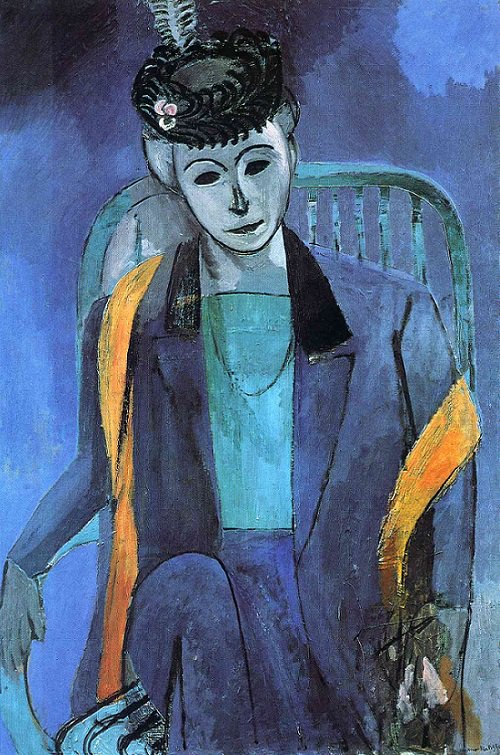
By the 1920s, the artists’ works had branched towards two different paths: Henri Matisse painted exquisite Odalisques in Nice while Pablo Picasso focused on minotaurs and neoclassical figures in Paris. However, the two were never without knowledge of the other’s work. During World War II, Matisse and Picasso remained geographically separated, yet their friendship deepened. Picasso looked after Matisse’s paintings in Paris while Matisse, in ill health at the time, defended Picasso’s naysayers. With his health decreasing in the late 1940s, it was during this time that Matisse began to create his paper cut-outs. While Picasso pioneered the collage technique within his Cubist works in the early 1900s, he drew further inspiration from Matisse’s paper cut-outs, creating a series of sculptures formed from cut-out sheets of metal.
Both Henri Matisse and Pablo Picasso had a self-confident, combative intelligence. As evidenced in the cross comparison of their careers and the mutual respect and admiration apparent in their works, they were strong contemporaries whose fame often rose and fell in contrast to one another. By the end of Matisse’s life, Picasso was strapping canvases onto the roof of his car and driving them over to show an elderly Matisse. Matisse and Picasso maintained their friendly rivalry until their respective deaths in 1954 and 1973. “All things considered, there is only Matisse,” Picasso said, to which Matisse responded, “Only one person has the right to criticize me. It’s Picasso.”
References
- The City Review. (2003). Matisse/Picasso. Retrieved from
http://www.thecityreview.com/matpic.html - Kera Unlimited. (2001). Matisse and Picasso. Retrieved from
http://www.matisse-picasso.org/default.lasso - Trachtman, P. (2003, February). Matisse & Picasso. Smithsonian Magazine. Retrieved from http://www.smithsonianmag.com/arts-culture/matisse-amp-picasso-75440861/?all%5C
Enjoy our fine art collection of Henri Matisse Still Life.

